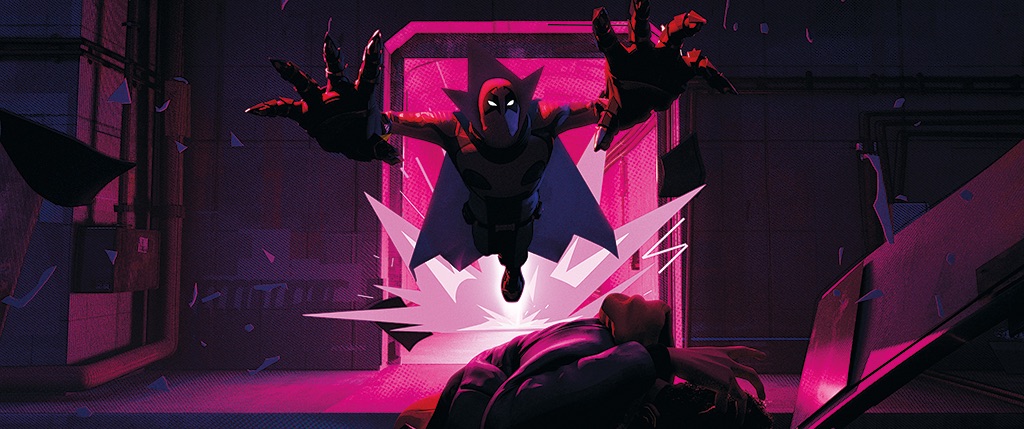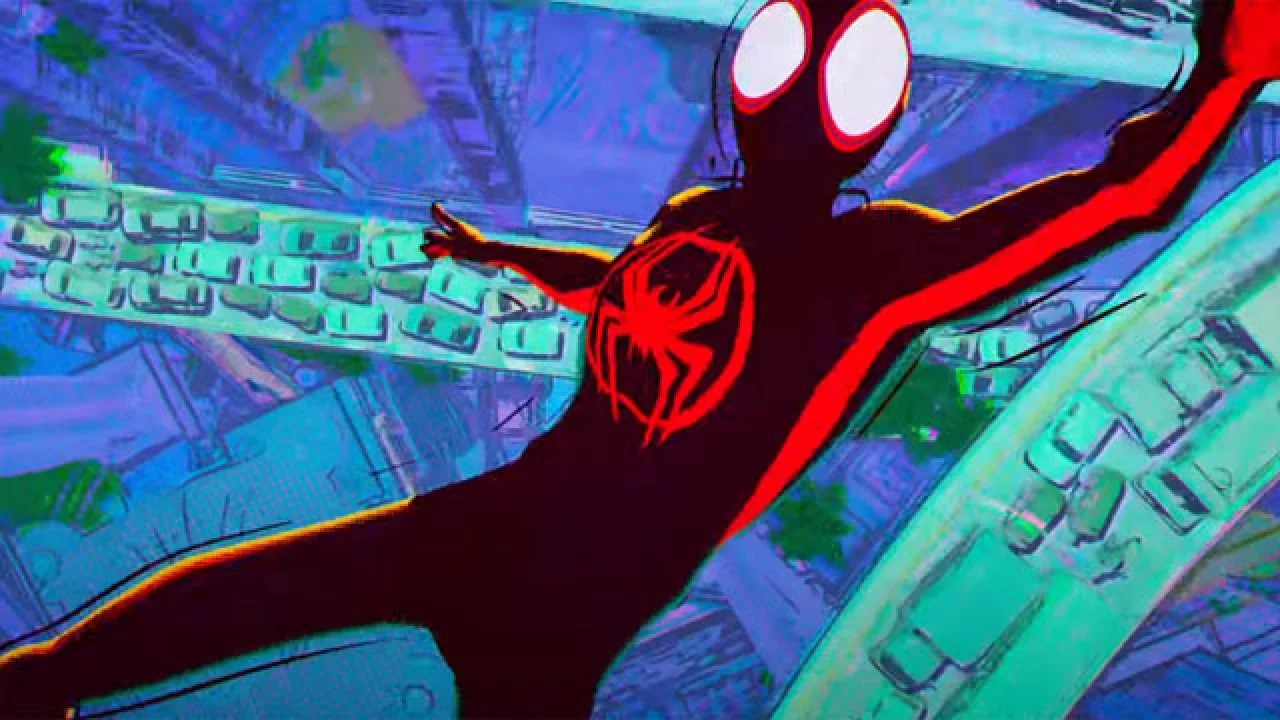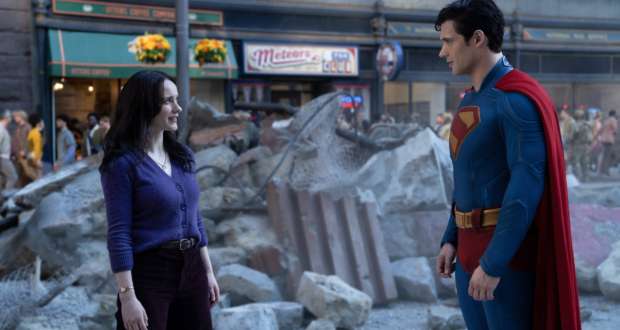Suit Up, Break Down: Ironheart’s Quiet Story About Anxiety On the surface, The Ironheart Marvel Series is about a genius Black girl in high-tech armor fighting a magic-wielding villain. But under all the CGI suits and comic book showdowns lies ...
There’s a new Miles Morales story swinging onto the scene, and it’s tackling a real-world issue. Sony just announced the release of “The Spider-Within: A Spider-Verse Story,” an animated short film dropping on their YouTube channel for free. Here’s the deal: ...
One character has captured the hearts of fans and sparked endless speculation: Miles Morales. The mere mention of his name ignites excitement and anticipation. This excitement hints at a future where the Spider-Verse expands beyond the animated realm into live-action ...
Sony’s Spider-Man: Across The Spider-Verse is the latest release of their, various Spider-Man-themed properties. The movie is quite possibly one of the best comic book and Spider-Man movies ever! However, despite the success of Sony’s Spider-Verse movies, its other Spider-Man ...
Spider-Man: Across The Spider-Verse has a ton of cameos. And the movie is, quite possibly, the best comic-book movie ever! The entire movie is a massive love letter to the character of Spider-Man, not just Peter Parker, but also Miles ...
“Spider-Man Across The Spider-Verse” is undoubtedly one of the best superhero movies of all time. This is arguably one of the greatest films of our generation exceeding all lofty expectations of the film’s predecessor. Across The Spider-Verse is a movie ...
Miles Morales returns for the next chapter of the Oscar®-winning Spider-Verse saga, Spider-Man: Across the Spider-Verse. After reuniting with Gwen Stacy, Brooklyn’s full-time, friendly neighborhood Spider-Man is catapulted across the Multiverse, where he encounters a team of Spider-People charged with ...
Walking up to will call at the premiere of Sony Pictures Animation’s “Spider-Man: Across the Spider-Verse,” I first did a double take to make sure that I was in the right place. The line to pick up tickets wrapped around ...
Spidey and His Amazing Friends will premiere on @Disney Junior on Friday, August 19th. Our hosts @Ash Movies and @The Movie Blog got to check out the premiere event in Battery Park in New York City! “Marvel’s Spidey and his ...
We recently learned some details about Oscar Isaac’s Spider-Man 2099. Another update is the news that this movie will have a LOT more characters than the first movie. The pleasure I had with seeing Miles interact with the Spider-Man variants ...
Sony is working on the release of the Oscar-winning movie Spider-Man: Into the Spider-Verse. The new movie is the first part of a pair of sequels that will release in theaters from Sony. The first of the sequels was set ...
There are rumors going around that Jaden Smith is going to play Miles Morales in the MCU. He is a surprising pick for a lot of people who are unfamiliar with the young actor. Jaden Smith is the son of ...
















